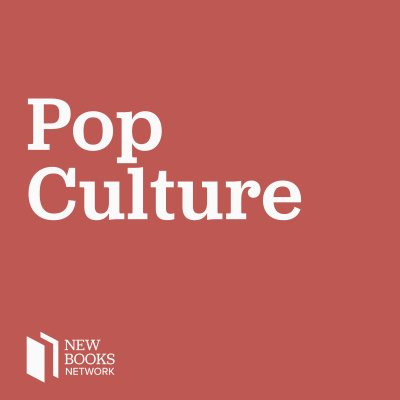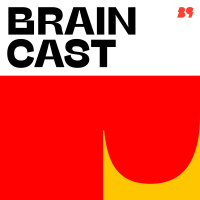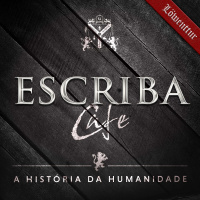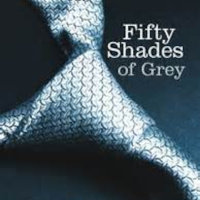Sinopsis
Interviews with Scholars of Popular Culture about their New Books
Episodios
-
Andrew P. Haley, "Turning the Tables: Restaurants and the Rise of the American Middle Class, 1880-1920" (UNC Press, 2011)
07/09/2012 Duración: 52minRestaurants almost feel indigenous to American landscape, whether you're weaving past them by the thousands when you're driving through a metropolis on the East or West Coast or whether, like me, you find yourself in a small town in the middle of the Midwest, which still manages to boast one Indian restaurant, two Middle Eastern restaurants, and a handful of Mexican and Chinese restaurants. But did you ever wonder just how someone living in Athens, Ohio, could end up eating seaweed egg drop soup on a Tuesday night in September? How exactly did we, as Americans, come to embrace such a rich and ethnically diverse restaurant culture? This is one of the many fascinating questions that Andrew P. Haley explores in Turning the Tables: Restaurants and the Rise of the American Middle Class, 1880-1920 (University of North Carolina Press, 2011). Haley's book tells the story of a middle-class revolution, one that changed American restaurants from aristocratic establishments in the thrall of French culture and French food
-
Jonathan Green, “Green’s Dictionary of Slang” (Hodder Education, 2010)
26/01/2012 Duración: 56minOver the last thirty years, Jonathon Green has established himself as a major figure in lexicography, specialising in English slang. During this time he has accumulated a database of over half a million citations for more than 100,000 words and phrases, and these are the basis for the vast, authoritative and widely acclaimed Green’s Dictionary of Slang (Hodder Education, 2010), winner of the Dartmouth Medal as the American Library Association’s ‘outstanding reference work of the year’. Slang’s definition is itself perhaps elusive, but to Green it is ‘counter-language’, by analogy with ‘counter-culture’, and possesses the same vivid qualities: it is irreverent, subversive and fun. It is, however, also important for what it tells us about how people live, interact and think, and is worthy of serious study. In this interview we do not attempt to summarise the A-Z of slang (nor even the C-F), but we do talk about slang’s relation to culture, the history
-
Ethelia Ruiz Medrano, "Mexico's Indigenous Communities: Their Lands and Histories, 1500-2010" (U Colorado Press, 2010)
17/10/2011 Duración: 01h02minIn my work with pre-Hispanic and colonial Mexican pictorial texts, I often wish I could talk with the people who authored them. In the academic setting, sometimes we forget that these documents represent conversations about what was happening in the lives of many people at the time they were created and that some aspects of these materials that we have found in archives or ancient cities are still part of the cultural heritage and daily lives of the descendants of the creators. Ethelia Ruiz Medrano helps us realize that the study of popular culture also can mean the sharing of knowledge. Ruiz Medrano's research in the tiny town of Santa Maria Cuquila has led to a new way of thinking about our pasts and how they connect with our presents. Ruiz Medrano's book Mexico's Indigenous Communities: Their Lands and Histories, 1500-2010 is a best-selling work on popular culture from the University of Colorado Press. Indigenous Communities traces a new context for our Amerindian heritage. Ruiz Medrano examines local admi
-
Sheree Homer, “Catch that Rockabilly Fever: Personal Stories of Life on the Road and in the Studio” (McFarland, 2010)
14/06/2011 Duración: 01h19s“On July 5, 1954, Elvis Presley, Scotty Moore, and Bill Black forever changed musical history,” writes Sheree Homer in Catch that Rockabilly Fever: Personal Stories of Life on the Road and in the Studio (McFarland, 2010). It was on this day that the trio recorded Arthur ‘Big Boy’ Crudup’s “That’s All Right” at Sam Phillips’ Sun Recording Studio in Memphis, Tennessee. Rockabilly was born. Rockabilly is a rambunctious musical style that combines the liveliest elements of country, gospel, and rhythm and blues. Homer captures the essence of rockabilly through biographical vignettes of forty-six rockabilly artists including Carl Mann, Elvis Presley, Ronnie Hawkins, Buddy Holly and the Crickets, Ricky Nelson, Laura Lee Perkins, High Noon, and Cari Lee Merritt. These portraits include legends as well as newcomers, southerners as well as Californians, pioneers as well as revivalists. Much of Homer’s material come from personal interviews with the artists the
-
Peter Filichia, “Broadway Musicals: The Biggest Hit and the Biggest Flop of the Season 1959-2009” (Applause, 2010)
27/05/2011 Duración: 33minSpeaking to long time theater critic Peter Filichia, one is reminded of listening to an old-time sportwriter talk about baseball. The Broadway he describes is full of colorful personalities, anecdotes, dates, numbers, and trivia. His spirit is enthusiastic and infectious: he’s turned his love of Broadway into a career. It’s a wonderful counterpoint to the all-too-typical theater discussions about what’s broken in the non-profit system or funding models. His book, Broadway Musicals: The Biggest Hit and the Biggest Flop of the Season 1959-2009 (Applause, 2010), is more than just fun (though it is that!). The writing is clear and generous, and the stories occasionally revelatory. (Did you know that Edward Albee wrote a failed draft of the “Breakfast at Tiffany’s” musical? Did you know that Sir Peter Hall once suggested that the best way to get the effect of zero gravity was . . . trampolines?) What strikes me most, though, is how Filichia’s own personal experience feeds














